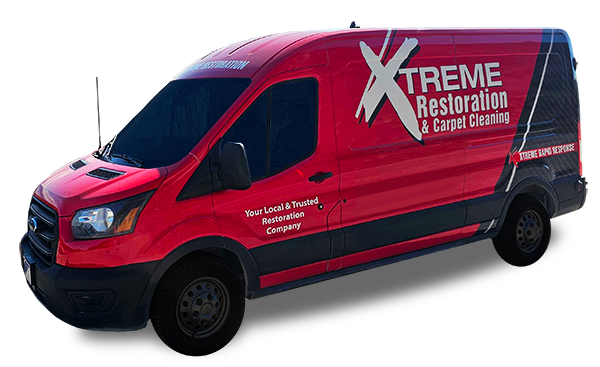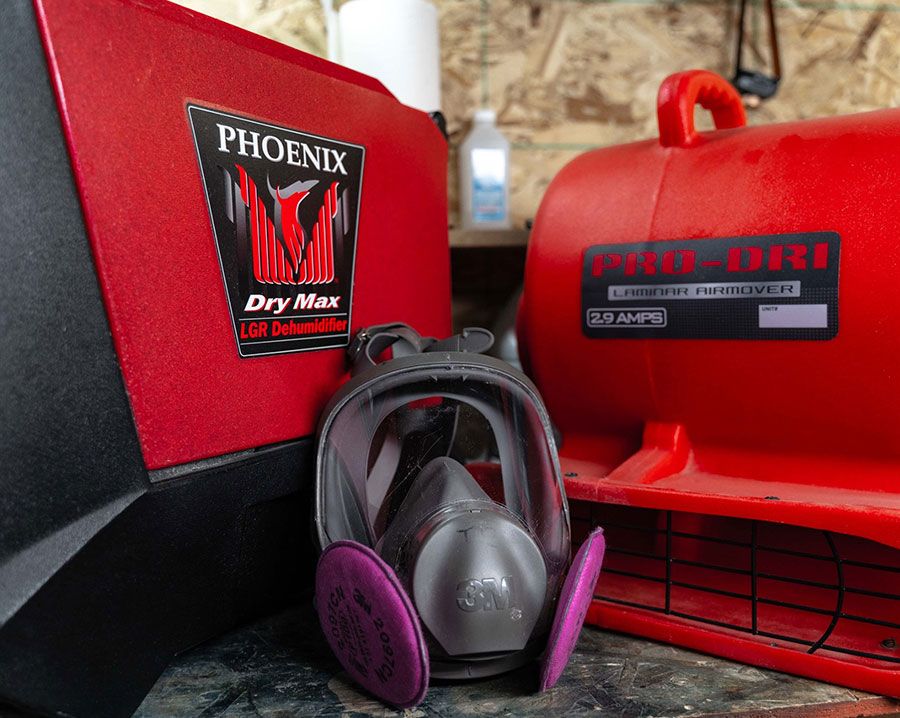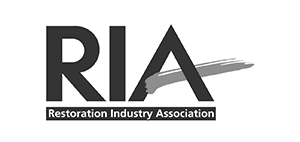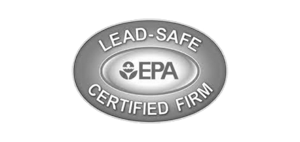Ever thought about living in a house with mold? Mold isn’t just a nuisance; it can be harmful to your health. But how much mold is too much? Knowing the dangers of mold and its health effects is key to deciding if you can live in a moldy house.
Key Takeaways
- Mold can grow in as little as 24 to 48 hours in moist conditions.
- Common places for mold to thrive include bathrooms, kitchens, and basements.
- Mold exposure can cause allergic reactions, asthma attacks, and even serious infections.
- Maintaining indoor humidity levels between 30% and 50% can help prevent mold growth.
- Immediate repair of leaks and enhancing ventilation can mitigate mold risks.
Understanding Mold and Its Impact on Health
Molds are various types of fungi that thrive both indoors and outdoors. They reproduce through airborne spores, which can start growing in damp places. Common indoor molds include Cladosporium, Aspergillus, and Penicillium. If not controlled, these molds can harm indoor air quality and even damage homes.
Health-wise, mold exposure is a big concern. It’s especially risky for people with respiratory issues, allergies, or weak immune systems. Symptoms can range from minor irritations like sneezing and sore throat to severe reactions like asthma attacks and chronic respiratory conditions. Aspergillus, for example, can cause aspergillosis, a serious condition for those with lung or immune system problems.
Spotting mold is key to keeping indoor air healthy. Look out for visible mold, musty smells, and areas with moisture or water damage. Materials like paper and wood that get wet easily are perfect for mold growth. Keeping humidity levels below 60%, as the EPA suggests, helps prevent mold.
Quick and effective action is needed to remove mold from homes. Fix leaks fast, improve air flow, and clean with solutions like diluted chlorine bleach. For big mold problems, getting a licensed professional is a good idea. Regular mold checks and thorough cleaning are essential for a safe home.
Is a House with Mold Livable?
Deciding if a house with mold is safe to live in depends on several things. These include how much mold there is, what kind it is, and the health of the people living there. Mold is everywhere in the U.S., growing fast in damp places.
Black mold, like Stachybotrys chartarum, is especially dangerous. It can cause breathing problems, sneezing, and tiredness. Long-term exposure can make asthma and allergies worse, especially in kids. Adults might be more likely to get asthma if they live in a moldy house.
Small mold problems can be fixed with cleaning and good air flow. But big mold issues need professional help. This might mean tearing out walls or even demolishing parts of the house. Insurance usually doesn’t cover mold removal unless it’s from a covered event like a burst pipe.
Mold removal costs can vary a lot. Small problems might cost $1,000 to $3,500. But big problems can cost over $6,000. Water damage repairs can add another $1,305 to $5,703. Mold can also lower a house’s value unless it’s fixed.
In some states, sellers must tell buyers about any mold. This makes things clear for everyone. In short, deciding to live in a moldy house depends on the mold’s size, type, and getting expert advice. Fixing mold and any water problems is key to keeping everyone healthy and safe.
Conclusion
Deciding if a house with mold is livable involves looking at health risks and structural damage. Mold can harm your health, especially if you have breathing problems. It’s important to act fast. Mold can also damage buildings, especially in materials like drywall, so a detailed check is needed.
Fixing mold problems includes different methods. For non-porous surfaces, you can use mold encapsulation. For small outbreaks, dry ice blasting works well. Air scrubbing helps remove spores from the air. But, only licensed experts should do these jobs to make sure it’s done right.
How long you can’t stay in a house after mold removal depends on several factors. It usually takes at least 24-72 hours. This time is needed to make sure all mold is gone and the air is safe.
To keep your home mold-free, it’s important to take preventative steps. Good ventilation, controlling moisture, and keeping your home clean are key.
In summary, keeping your home safe and healthy is all about being proactive. You need professional mold removal and strict follow-up steps to ensure your safety and well-being.




















